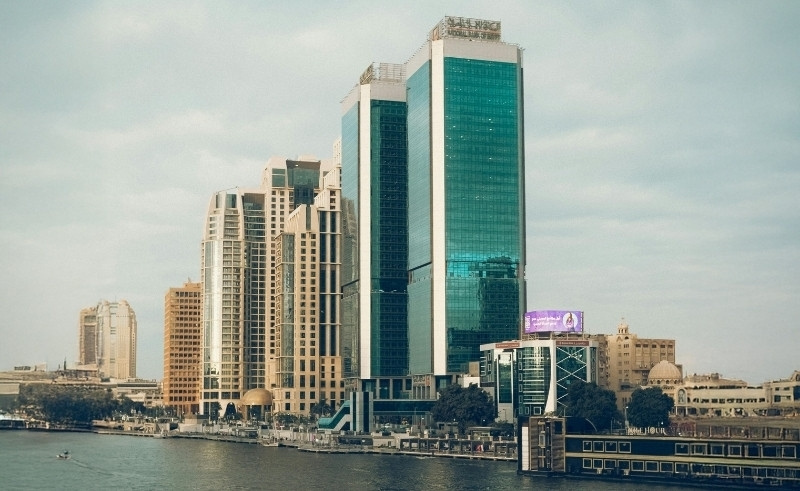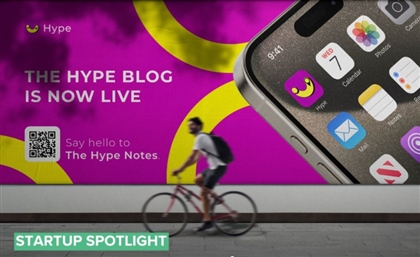Why Egypt’s $30B Remittance Fintech Market is Ripe for Disruption
$30B in annual inflows, Egypt’s remittance market sits at a turning point as startups like Munify, Telda, and Paynas rebuild corridors, rewire settlement, and reshape financial access.

Egypt’s $30B remittance market is a live, recurring source of foreign currency and household income. Measured formally at roughly $22–30 billion in recent years - about 5–7 percent of GDP - these flows sit alongside tourism and Suez revenues in strategic importance. How that money gets from sender to recipient, however, remains inefficient: correspondent banking, pre-funded nostro accounts, agent networks and exchange kiosks still handle most volume, and each step adds cost or delay. A typical transfer traverses several technical checkpoints. Funds leave a sending account, pass through correspondent banks that require pre-funded balances, undergo currency conversion at a spread that embeds FX slippage, and finally clear into a recipient account, prepaid card or cash agent. Fixed settlement costs make small transfers disproportionately expensive; compliance checks raise onboarding friction; and when official exchange rates diverge from market reality, informal corridors quickly become attractive because they deliver more purchasing power to recipients. Two recent changes matter. First, the Central Bank’s Instant Payments Network - InstaPay - has created a domestic instant-payout rail capable of crediting accounts, cards and wallets in seconds. Second, private fintechs are rebuilding pieces of the corridor: some focus on cheap cross-border liquidity and foreign account access, some on recipient UX and card issuance, and some on converting payrolls into on-ledger deposits. Neither public rails nor private product alone will rewrite the market; the opportunity lies where corridor economics, settlement orchestration and local distribution meet. For investors the calculus reduces to measurable levers. Delivered FX relative to the mid-market determines the recipient’s real value; marginal routing cost per transaction determines unit profit; and customer acquisition cost versus lifetime value determines scalability. A business that lowers visible fees but sources liquidity at poor FX loses on delivered value. Conversely, a provider that secures tight upstream spreads, optimizes netting and settlement, and acquires users through payroll or employer partnerships can create durable margins. Distribution is the practical battleground. In Egypt, many recipients still collect money through exchange houses, employers or local merchants. A payroll card or employer integration converts episodic remittance recipients into monthly active users; recurring inflows produce transaction histories that enable credit scoring, savings products and targeted insurance. App-only acquisition works in urban segments, but national scale requires offline partnerships: agents, payroll providers, telco retail outlets and merchant acquirers. Operationally, treasury and compliance are not secondary costs; they are core capabilities. Managing nostro exposure, hedging intraday FX volatility, and negotiating settlement netting require balance-sheet capacity and experienced treasury teams. KYC/AML and sanctions screening impose fixed costs that affect marginal pricing and onboarding speed. Settlement timing affects float: longer settlement windows create monetizable float but increase exposure; faster settlement reduces float but improves customer experience. Comparative markets offer direction. Nigeria shows how mobile wallets and consolidated gateways can collapse local friction and scale digital flows. The UAE demonstrates the importance of a competitive sender market, where choice and volume on the sending side compress costs. Mature corridors serving diasporas in the UK and US set expectations for transparency and instant crediting; those expectations will transfer to Egyptian corridors as rails and corridor economics align. The investment thesis is precise, not rhetorical. Remittances are recurring, high-frequency flows that touch mass markets and generate behavioral data. Reduce the all-in cost to the recipient, and formal channel volume rises; formalization strengthens FX visibility for policymakers and creates an addressable market for higher-margin financial services. But execution requires capital for treasury lines, engineering for settlement orchestration, compliance infrastructure, and sales capacity for distribution partnerships. Startup archetypes illustrate tradeoffs. A diaspora-facing neobank that controls foreign liquidity can win on delivered FX but needs balance-sheet depth. A mobile neobank with low CAC can scale urban users quickly but must solve FX and settlement without bleeding margin. A payroll-first product can lock recurring inflows and build credit histories, but it needs employer distribution and card acceptance density. If investors seek an investable, operational thesis, this market offers one: identify teams that can demonstrate corridor control, credible distribution into where recipients actually collect money, and a path from recurring transactional flows to financial products. When those pieces align - corridor, settlement, distribution, product - remittances stop being a passive macro item and become an engineered channel for long-duration customer relationships. That is the real opportunity sitting inside the $30 billion.



























